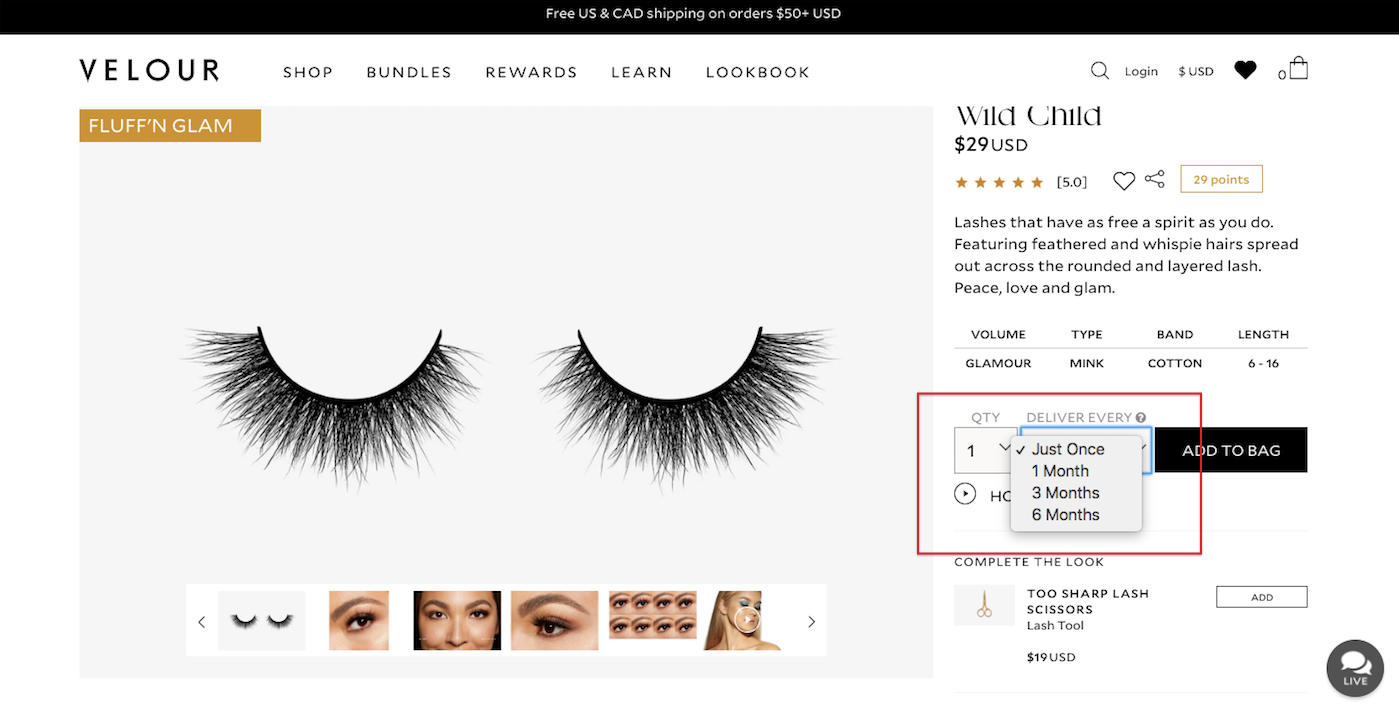Ecommerce is growing fast. In 2020, online retail sales are expected to reach $645 billion, with that number hitting $1 trillion by 2025!
Consumers are craving speed and convenience more than ever, and merchants are thinking outside-of-the-box to create some truly remarkable customer experiences. Let’s take a look five ecommerce trends you can expect to hear a lot more about in the upcoming year.
Sustainability & Transparency
Half of digital consumers say environmental concerns impact their purchasing decisions, and of them (especially younger millennials and Gen Z-ers) are willing to pay a premium for products they feel good about buying.

As sustainability becomes more important to customers, think about how you can improve the sustainability and/or transparency of your own store.
Ask yourself questions like these:
- Can you offer more eco-friendly ground shipping options?
- Are you able to speak to the responsibility of your supply chain and/or product sourcing?
- Could you offer sustainable packaging?
Maybe your products themselves are eco-friendly. Whatever the story is, start thinking about how to fold sustainability into your brand story. For example, cocokind has a “how to recycle” tab on their product page.
Subscriptions
For brands who offer products that need replenishment, offering a subscription-based service can be a great way to boost sales, loyalty and overall customer satisfaction.
Customers love this model because it gives them access to the products they want when they need it most. It’s also mindless.

The subscription market has doubled over the past five years, and it’s only growing: it’s estimated that by 2023, 75% of D2C businesses will offer subscription boxes.
If you have a product that requires replenishment (like makeup or supplements), consider offering subscription options. They are a great way to develop a steady, predictable income stream for your store in an otherwise difficult-to-predict environment.
For example, Velour Lashes offers 1, 3 or 6 month replenishment options:

*If you’re looking to add a subscription model to your Shopify store, we recommend ReCharge payments as a powerful third-party solution capable of handling high-powered clients.
Accessibility
As a business owner, it's your responsibility to ensure all visitors (including the 57 million Americans with disabilities) can access the content on your website without any barriers or frustrations.
With the recent decision of the Supreme Court allowing people to sue retailers if their websites aren’t accessible, you might be concerned if your website is compliant with the American Disabilities Act (or ADA). While there are still many gray areas when it comes to accessibility, there is some guidance on what you can do to make your website compliant.
That's why we created this handy ADA checklist that will help point you in the right direction.
Voice Commerce
Whether Siri is your best friend or just an acquaintance, there’s no denying that voice technology has added a new level of convenience into our lives. (and yes, people use voice assistants for things other than music and weather!).

With 75% of U.S households expected to have smart speakers by 2025, it makes sense you’ll be hearing more and more about them this year. As we get more comfortable talking to a digital device to do everything from finding out sports scores or checking on package delivery status, they’ll become more comfortable using the technology to search for, and ultimately buy, products online.
This year, make a resolution to start thinking about how your store can best take advantage of voice commerce technology, such as optimizing your content for voice-based search.
Personalization
Thanks to the availability of user data, online stores can personalize their experiences to meet each customer’s unique needs - and spending the time to do this pays off. More and more, users expect to see relevant content quickly when shopping on a website. If the content they’re seeing isn’t relevant or they can’t find information they’re looking for, they’ll leave.
But visitors who do receive a personalized experience are likely to spend more money and become more loyal customers - a Business Insider survey found that 40% of shoppers spent more money on a purchase than planned because of a personalized shopping experience. In the same survey, 44% of respondents said they would likely become repeat buyers after a personalized shopping experience.
So, how do you provide a personalized experience?
The first step is figuring out who the shopper is - using tools like geolocation helps, but you can also ask new visitors to fill out a survey or complete a quiz in exchange for an incentive. This helps you learn more about your visitors, while giving you information that helps you tailor product recommendations, special offers and emails.
For example, at Peepers visitors shopping Men’s items see different site colors and model images than those browsing the Women’s collections.


As we mentioned earlier, customer expectations have shifted. We're betting on customer experience to be at the heart of ecommerce moving forward. Rather than conversion rate optimization (CRO), merchants will need to consistently and relentlessly optimize for the customer.
Focus on that, and we're confident it'll fuel your growth.

